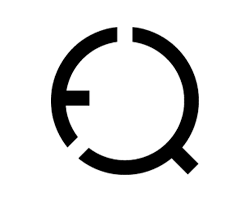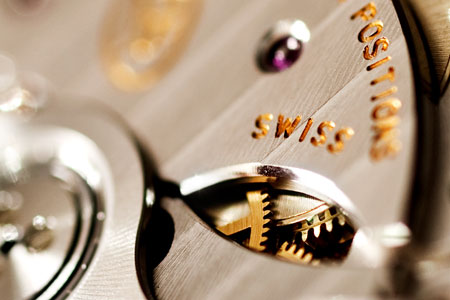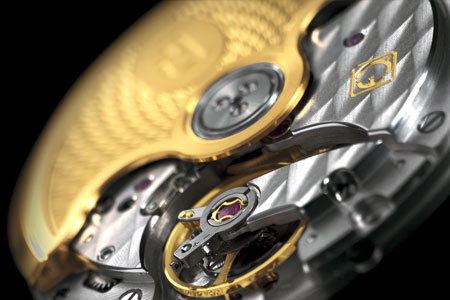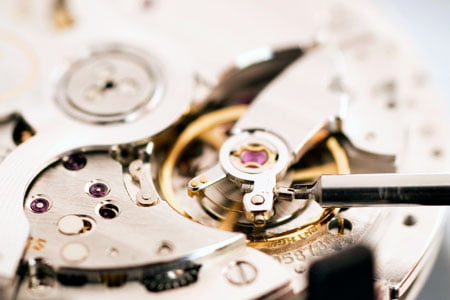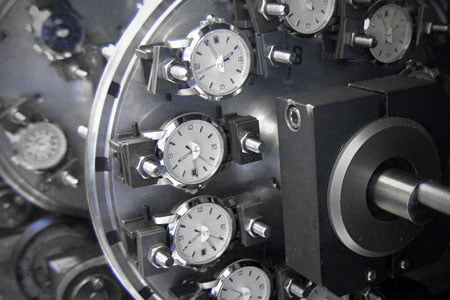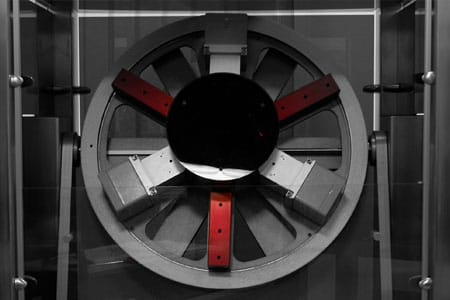Watchmaking in Fleurier, a few milestones
We owe the introduction of watchmaking in Fleurier to David-Jean-Jacques-Henri Vaucher, as early as 1730. This sector grew rapidly and there were already 15 watchmakers in Fleurier by 1750. The figure soared to 106 in 1794, representing a little over 13% of the population.
From 1820 onwards, and thanks to improved trade with China (Canton), Edouard Bovet and his brothers gave a spectacular boost to the watchmaking business thanks to the production of Chinese calibres. They held a virtual monopoly over watches imported into China. Their example was subsequently followed by other companies based in Fleurier: Vaucher Frères (1848); Edouard Juvet from Buttes, who transferred his workshop to Fleurier in 1844; and the Dimier brothers, who had come from Geneva. After China, other export outlets opened up for the manufacturers of Fleurier, who adapted their production to the demands of these new markets.
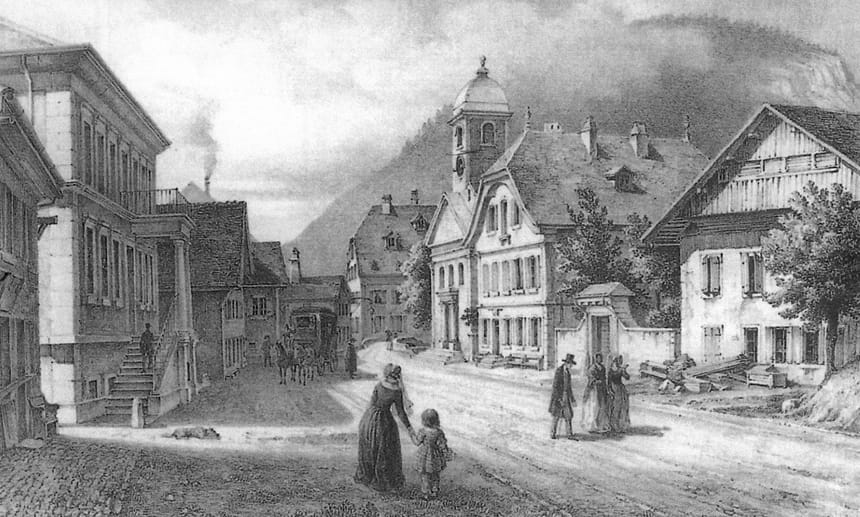
1851: Opening of the first watchmaking school in Fleurier.
1872: Over 600 people are employed in watchmaking, meaning 23% of the population.
1887: Fleurier is home to around thirty watch companies, employing 634 watchmakers who produce watches for many different countries: China, Egypt, Turkey, the United States, England, Spain and France are their main markets.
1905: Fleurier asserts itself as the watch production centre of the Val-de-Travers region: its population has doubled in the second half of the 19th century.
1920: Charles-Edouard Guillaume, a native of Fleurier, wins the Nobel Prize for Physics, in reward for his work on iron and nickel alloys. He is the inventor of invar and elinvar, alloys subsequently used for making springs and balance-springs.
1940: After the severe economic crisis of the 1930s, there are still eight watch manufacturers in Fleurier, including Fleurier Watch Co SA, Bovet frères et Cie SA, and Numa Jeannin SA. Several other factories handle the production of movement blanks, hands, dials, watch glasses, springs, etc.
1975: Michel Parmigiani founds the company Parmigiani Mesure et Art du Temps SA.
1989: Renewal of the Bovet-Fleurier SA brand.
1996: Founding of Chopard Manufacture SA in Fleurier; launch of the Parmigiani Fleurier brand.
2001: Setting up of the Fleurier Quality Foundation: one of its purposes is to establish technical and aesthetic quality criteria for watch construction, in harmony with the finest principles of Haute Horlogerie.
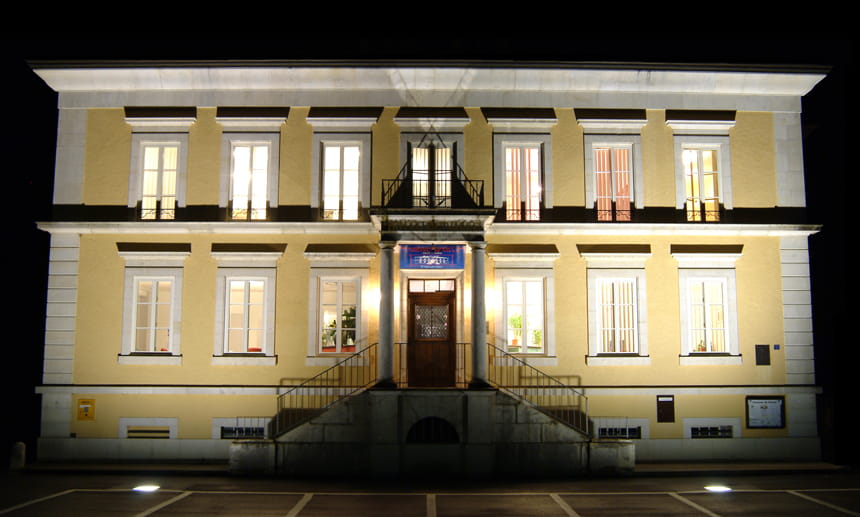
2002: Creation of Vaucher Manufacture Fleurier SA and Parmigiani Fleurier SA, both stemming from Parmigiani Mesure et Art du Temps SA.
2004: Official launch on 27 September 2004 of the new Fleurier Quality Foundation certification.
2012: Adoption of a supplementary criterion: 100% manufactured in Switzerland.
2014: 10 years FQF certification. Opening FQFLab.
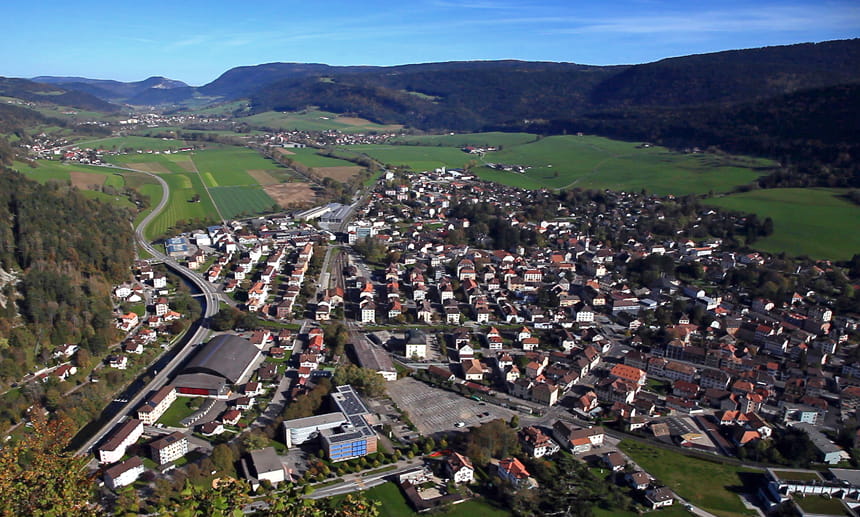
There are currently 700 people working on watchmaking and its related sectors in Fleurier, of which 1,500 in the immediate vicinity. The presence of watch manufacturers and brands such as Chopard Manufacture SA, Parmigiani Fleurier SA, Vaucher Manufacture Fleurier SA, Bovet Fleurier SA and the Qualité Fleurier Certification make Fleurier an important centre for fi ne watchmaking in Switzerland.

